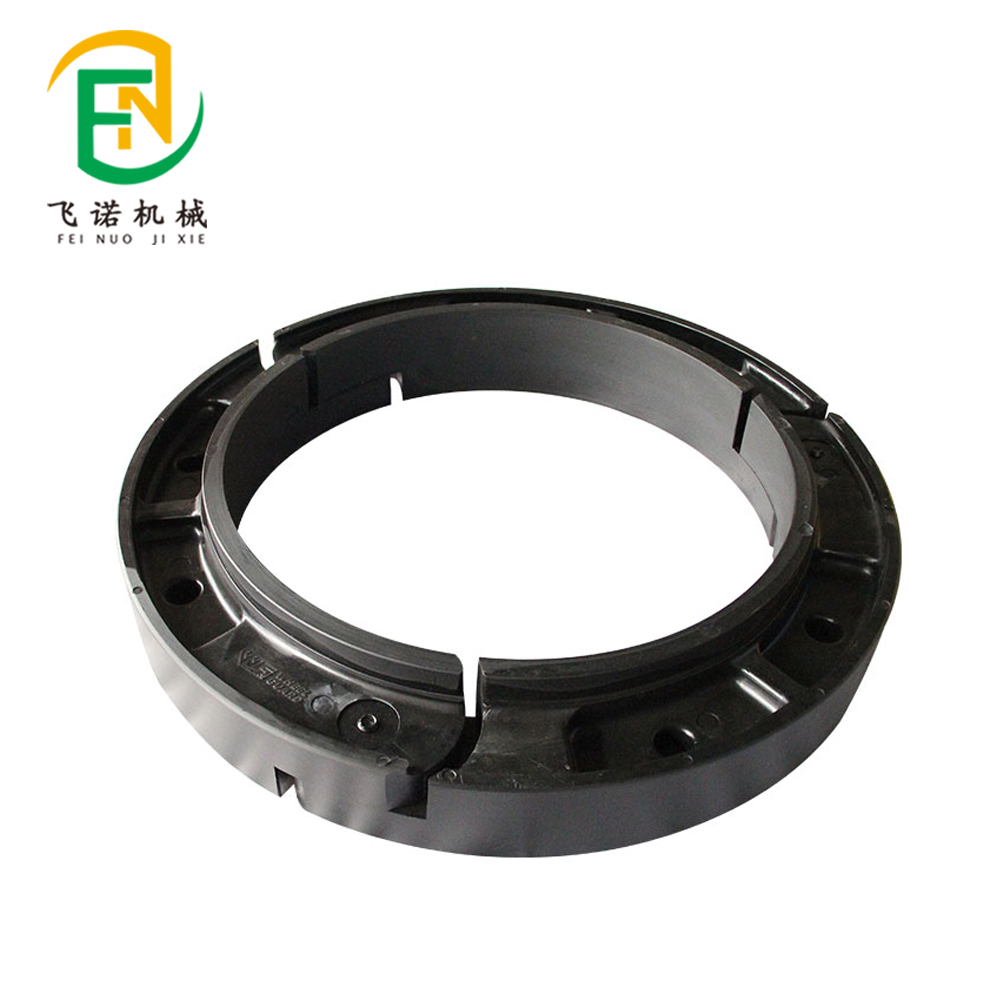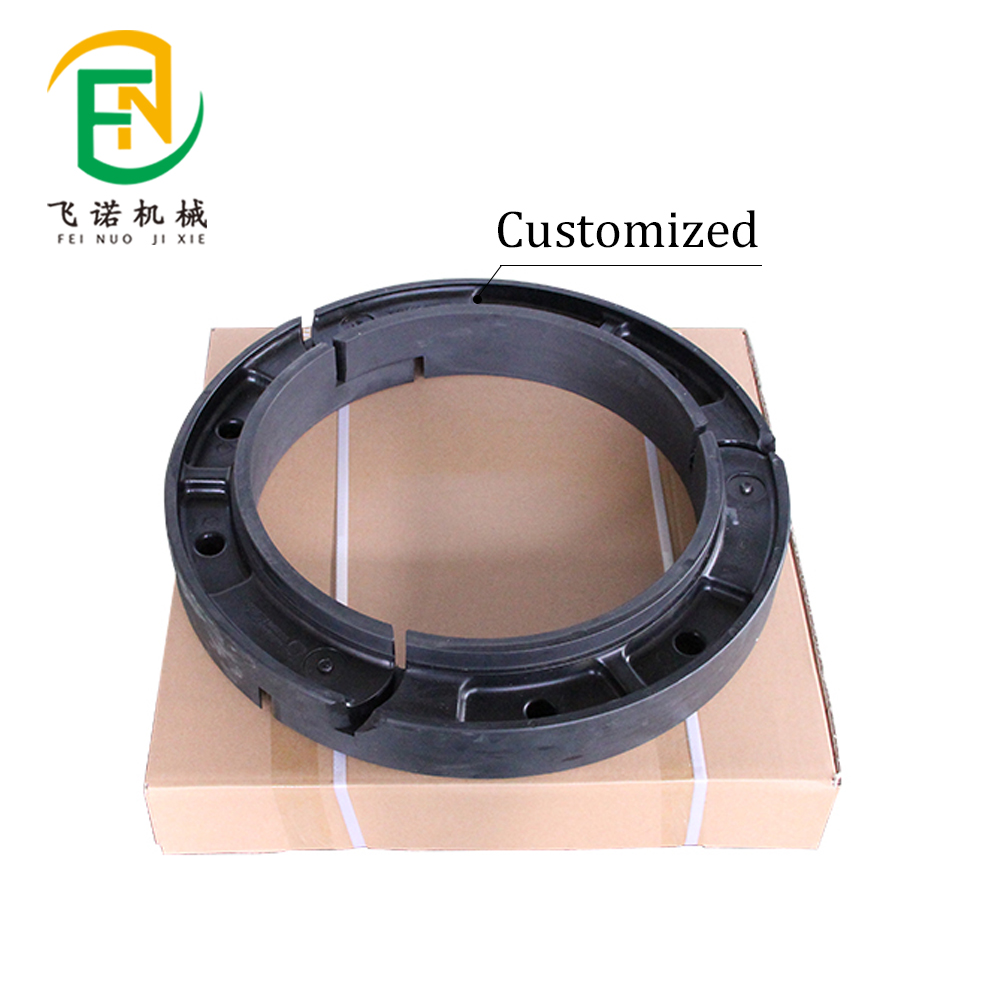- June 16, 2025
- Posted by: feinuojixie
- Category: Run Flat Guide


In modern warfare, the success of a mission often hinges on the ability to stay mobile, adapt quickly, and endure extreme battlefield conditions. At the heart of this operational resilience lies a surprisingly crucial component: the run flat tire. Far from being a simple upgrade, this tire technology represents a strategic asset that the military relies on for both safety and effectiveness. Designed to function even after punctures, the run flat tire allows military vehicles to keep moving—often for dozens of miles—without needing immediate replacement. This capability has changed how missions are executed, reducing vulnerability during ambushes or IED attacks and enhancing operational reach. With mobility being a non-negotiable factor in conflict zones, it’s easy to understand why the military swears by run flat tire in modern warfare.


Run Flat Tire Technology Explained: What Makes It Unique
Unlike conventional tires, a run flat tire is engineered with reinforced sidewalls or internal support systems that allow it to maintain its shape and function even after losing air pressure. There are generally two types: self-supporting and auxiliary-supported. The self-supporting variety uses stiffened sidewalls to carry the vehicle’s weight temporarily, while the auxiliary type includes an insert mounted on the wheel itself. This design ensures that a vehicle can continue traveling for 30 to 60 miles, even after a complete loss of pressure. In military use, this translates into valuable time and distance—often the difference between evading an attack or becoming a stationary target.
The Military’s Need for Mobility and Endurance in Harsh Conditions
Military operations take place in some of the most unforgiving terrains and unpredictable environments on Earth. Whether it’s navigating desert heat, muddy jungles, or debris-strewn urban areas, tactical vehicles must maintain movement at all costs. A tire failure in these conditions doesn’t just slow down a convoy—it can halt an entire mission. Run flat tire provides the necessary durability and reliability to push through under pressure. Its ability to operate under compromised conditions allows military units to continue their objectives without waiting for roadside repairs or risking exposure during tire replacement.
Enhanced Soldier Safety and Survivability with Run Flat Tire
One of the greatest benefits of run flat tire in military contexts is the protection it offers to personnel. When a standard tire fails in a combat zone, soldiers are forced to exit the vehicle to perform a change—often while under threat of enemy fire. Run flat tire eliminates that risk by allowing vehicles to escape danger first, then perform repairs in a safer location. In convoys and patrol missions, this can significantly reduce casualties and improve the odds of mission success. The ability to keep moving despite damage is a tactical advantage that safeguards not just equipment, but lives.
Performance in Real-World Combat Scenarios
Run flat tire has proven its value in multiple theaters of war, from the deserts of the Middle East to the icy roads of Eastern Europe. In many instances, armored vehicles hit by small-arms fire or IEDs were still able to retreat or regroup due to the functionality of their run flat tire. For example, during ambushes in Afghanistan, tactical vehicles equipped with this tire technology were able to maneuver out of kill zones even after sustaining tire damage. These real-world applications highlight the critical role that such technology plays in enhancing mission endurance and vehicle survivability.
Compatibility with Armored Vehicles and Tactical Fleets
Military fleets consist of a wide range of vehicles—from light patrol trucks to heavily armored personnel carriers. Run flat tire is specifically designed to integrate with these platforms, offering tailored performance for each type. Whether it’s MRAPs, Humvees, or lightweight reconnaissance vehicles, the tire is customized to meet load-bearing and terrain-specific requirements. In addition, the modular design of many run flat tire systems means they can be retrofitted to existing wheels, allowing older fleets to benefit without the need for complete overhauls. This flexibility supports fleet-wide standardization and operational readiness.
Logistics and Cost Efficiency Over Time
At first glance, run flat tire may seem like a costly addition compared to standard options. However, when viewed through the lens of military logistics, the benefits far outweigh the initial expense. Reduced roadside maintenance, fewer recovery missions, and extended vehicle uptime lead to lower overall costs. Supply chains in conflict zones are notoriously difficult to maintain, and every avoided repair reduces strain on personnel and resources. Over time, the durability of run flat tire decreases the frequency of replacements, contributing to a leaner and more agile logistics network.
Global Military Adoption and Standardization
The adoption of run flat tire is not limited to one military or one region. Armed forces across NATO, the Middle East, and Asia have standardized their use of this technology. Countries like the United States, the United Kingdom, Israel, and South Korea have integrated it into both tactical and support vehicles. This global trend points toward an increasing recognition of the technology’s strategic value. As military alliances seek interoperability and joint readiness, standardized use of run flat tire becomes a shared advantage, ensuring cohesion during multinational operations.


The Future of Run Flat Tire in Military Innovation
As warfare evolves, so does the demand on vehicle components. Run flat tire technology is currently undergoing rapid innovation. Future versions are expected to be lighter, more heat-resistant, and capable of covering longer distances without air pressure. Integration with smart sensors will allow for real-time monitoring, enabling commanders to make informed decisions during missions. Some prototypes are even exploring non-pneumatic designs that eliminate the concept of air pressure altogether. As military vehicles become more advanced, the tire must evolve in parallel—and run flat tire is at the forefront of this transformation.
Why the Military Trusts Run Flat Tire for Mission Success
Mobility, safety, endurance, and strategic advantage—these are the core reasons the military swears by run flat tire in modern warfare. By ensuring vehicles can continue to move under the most adverse conditions, this tire technology has earned its place as an essential element of combat readiness. Whether protecting troops from roadside ambushes or ensuring mission continuity in hostile terrain, run flat tire delivers unmatched performance when it matters most. As conflicts become more dynamic and unpredictable, the importance of such reliable mobility solutions will only continue to grow.
